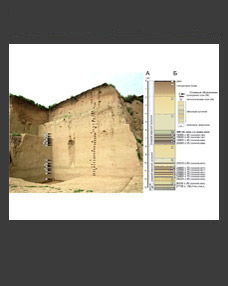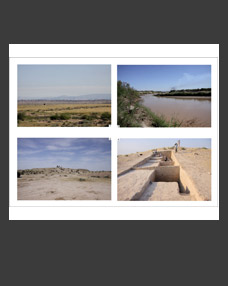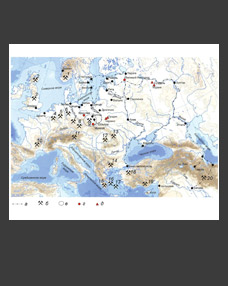Kristina A. Petrovaa,#
a Institute of Archaeology RAS, Moscow, Russia
#E-mail: kriss150294@mail.ru
Keywords: Golden Horde, the 14th century AD, palaeodemography, cemetery, stone cists.
The article presents for the first time the results of a palaeodemographic study of a sample of the remains of the buried from the medieval mound-pit cemetery of Natukhaevskoye 5 studied in 2013–2014. Due to its favourable geographical conditions, this region has long been a zone of active interethnic contacts, which was reflected in a wide variety of funeral rites. The archaeological context allows us to divide the sample into 2 groups: stone cists and grave pits. The analysis of the main palaeodemographic characteristics revealed discrepancies in the sex and age composition and life expectancy of the two population groups. The first point of difference observed is the predominance of male burials in stone cists and female burials in pits; the second one is manifested in a uniform distribution of mortality of those buried in stone cists (ranging from 15 to 44 years old) against the background of the pronounced mortality peak at 25–29 in the sample of pit burials. To compare the obtained data, materials from synchronous series of Golden Horde necropolises were used showing significant local diversity.
DOI: 10.31857/S0869606323010166







